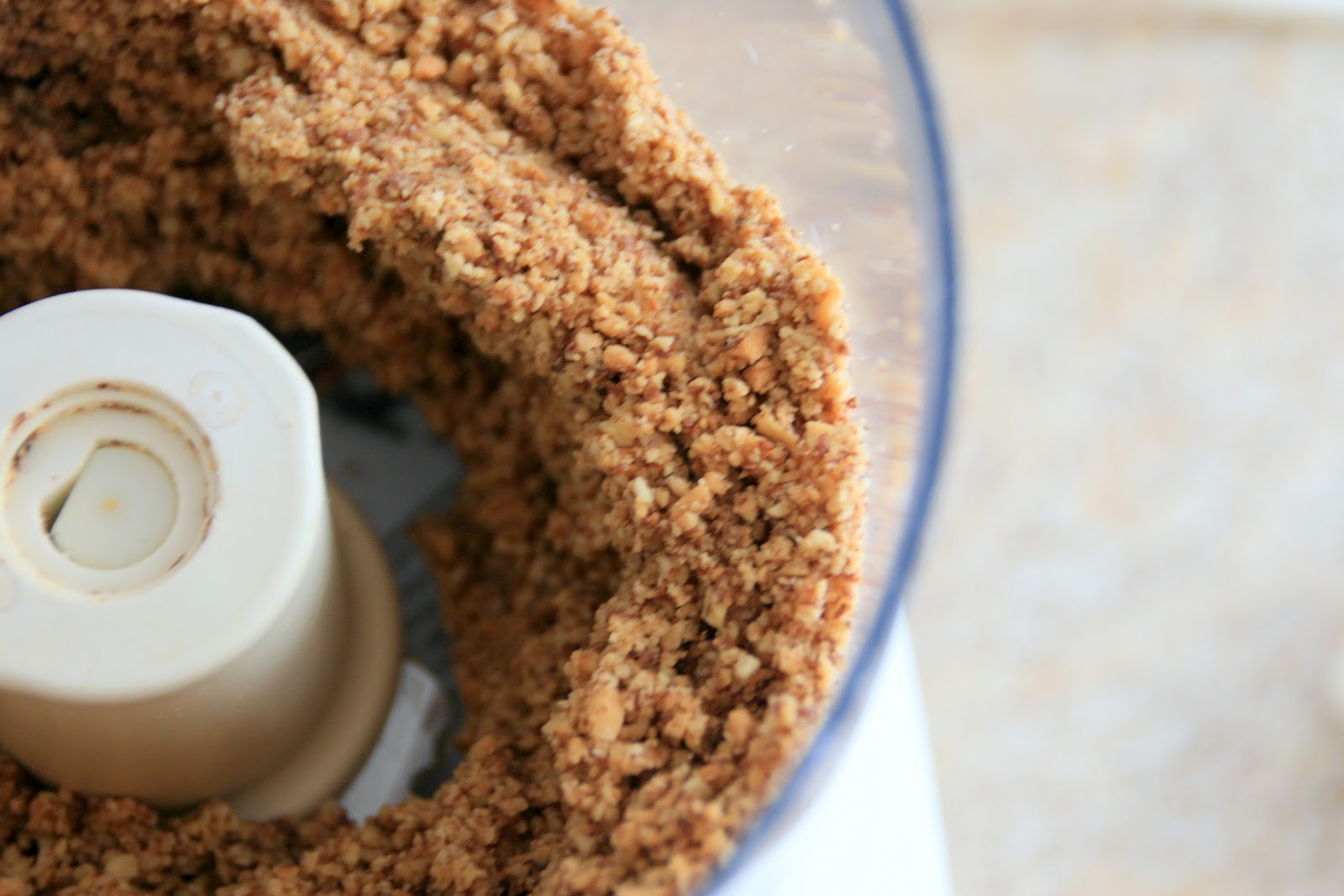

Articles
How To Slice Almonds With Food Processor
Modified: February 26, 2024
Learn how to efficiently slice almonds using a food processor with our informative articles. Master the art of almond slicing to enhance your culinary skills.
(Many of the links in this article redirect to a specific reviewed product. Your purchase of these products through affiliate links helps to generate commission for Storables.com, at no extra cost. Learn more)
Introduction
Almonds are a versatile and nutritious nut that can add a crunch to various dishes, from salads to desserts. While whole almonds are delicious, there are times when you may need sliced almonds to incorporate into your recipes. Sliced almonds not only provide a different texture but also distribute their flavor more evenly throughout a dish.
While some people prefer to slice almonds by hand, this can be a time-consuming and often tedious task. That’s where a food processor comes in handy. This powerful kitchen appliance can make the process of slicing almonds quick and easy, saving you both time and effort.
In this article, we will delve into the art of slicing almonds with a food processor. We will cover everything from understanding the basics of slicing almonds to selecting the right food processor and providing tips and tricks for perfectly sliced almonds. So let’s dive in and discover how to master this skill!
Key Takeaways:
- Master the art of slicing almonds with a food processor to effortlessly achieve uniform slices for enhanced flavor and texture in your culinary creations.
- Choose the right food processor, prepare your almonds, and follow expert tips to slice, store, and enjoy perfectly sliced almonds for all your cooking adventures.
Read more: How To Store Sliced Almonds
Understanding the Basics of Slicing Almonds
Before we dive into the specifics of slicing almonds with a food processor, it’s important to understand the basic principles of almond slicing. Almonds have a unique shape and texture, which can affect how they are sliced and the final result you achieve.
When you slice almonds, you are essentially cutting them into thin, even pieces that are perfect for incorporating into various dishes. The goal is to achieve uniform slices that are neither too thick nor too thin. Thin slices ensure that the almond’s flavor is evenly distributed throughout your recipe, while still allowing for a satisfying crunch.
One important aspect to consider when slicing almonds is the moisture content. Almonds with higher moisture content may be more challenging to slice cleanly, as they can be softer and stickier. On the other hand, dry almonds are easier to slice and may yield more consistent results.
Another factor to keep in mind is the size of the almonds. If you’re using whole almonds, it’s a good practice to choose almonds of similar size for more uniform slices. This will ensure that the almonds cook evenly and have a consistent texture in your final dish.
Lastly, the speed and technique used while slicing can affect the outcome. It’s important to have a steady hand and use consistent pressure while feeding the almonds into the food processor. This will help you achieve even slices and avoid uneven or jagged edges.
By understanding these basic principles, you’ll be better prepared to slice almonds with precision and achieve excellent results. Now, let’s move on to selecting the right food processor for the job.
Choosing the Right Food Processor for Slicing Almonds
When it comes to slicing almonds with a food processor, choosing the right appliance is crucial. Not all food processors are created equal, and some may be better suited for this particular task than others.
The first thing to consider is the size and capacity of the food processor. If you plan on slicing a large quantity of almonds, you’ll want a food processor with a spacious bowl and a powerful motor. This will allow you to slice the almonds in batches without overloading the machine or compromising its performance.
Next, consider the blades. Look for a food processor that comes with a sharp slicing blade or a multipurpose blade that has a slicing function. These blades are designed specifically for slicing tasks and will ensure clean and precise cuts.
In addition to the blades, check if the food processor has adjustable slicing thickness settings. This feature allows you to customize the width of the almond slices according to your preference or recipe requirements.
Another important factor to consider is the stability of the food processor. Check for a sturdy base that keeps the machine secure during operation, reducing the risk of accidents or the food processor moving around on the counter. A stable food processor will make the slicing process smoother and safer.
Lastly, do your research and read reviews from other consumers who have used the food processor for slicing nuts. Their feedback can provide valuable insights into the performance and reliability of the machine.
Remember that while a top-of-the-line food processor may offer all the fancy features, you don’t necessarily need to break the bank for a good almond-slicing machine. There are many affordable options on the market that can still deliver excellent results.
By considering these factors and finding a food processor that meets your needs, you’ll be well-equipped to slice almonds with ease and efficiency.
Preparing the Almonds for Slicing
Before you can start slicing almonds with your food processor, it’s essential to properly prepare the almonds. This preparation step ensures that the almonds are ready for slicing and helps optimize the slicing process.
The first step is to select high-quality almonds. Look for almonds that are fresh and have a crisp texture. Avoid using almonds that are stale or have an off smell, as they may not yield the best results when sliced.
Next, if you’re using whole almonds, you’ll need to remove the almond skins. While the skins are edible, they can affect the texture and appearance of the sliced almonds. To remove the skins, blanch the almonds by placing them in boiling water for about a minute, then transferring them to a bowl of ice water. Once cooled, gently squeeze the almonds, and the skins should easily slip off.
After removing the skins, it’s important to ensure that the almonds are completely dry. Excess moisture can cause the almonds to clump together and may result in uneven slicing. Use a clean kitchen towel or paper towels to pat the almonds dry thoroughly.
If you’re using pre-sliced almonds or almond slivers, you can skip the blanching and drying steps, as these almond variations are already prepared for slicing.
Lastly, consider toasting the almonds before slicing them. Toasting adds a nutty flavor and enhances the crunchiness of the almonds. You can toast the almonds in a dry pan over medium heat for a few minutes or in the oven at around 350°F (175°C) for 8-10 minutes. Allow the almonds to cool completely before proceeding to the slicing process.
By taking the time to properly prepare the almonds, you’ll ensure that they are ready for slicing and maximize the quality of the sliced almonds in your recipes.
To slice almonds with a food processor, pulse the almonds in short bursts to prevent them from turning into almond butter. Stop and check the consistency frequently to avoid over-processing.
Slicing Almonds with a Food Processor
Now that you have your prepared almonds and a suitable food processor, it’s time to slice those almonds with ease using this powerful kitchen appliance. Follow these steps for a successful almond slicing process:
1. Place the slicing blade or the multipurpose blade with the slicing function in the food processor. Ensure that it is securely in place.
2. Add a small batch of prepared almonds to the food processor bowl. Do not overload the bowl, as it may affect the slicing performance.
3. Secure the lid of the food processor tightly so that it doesn’t come off during operation. Safety is important, and a loose lid can be hazardous.
4. Start the food processor on the lowest setting. This helps ensure an even and controlled slicing process.
5. Feed the almonds into the food processor through the feed tube. Using the pusher attachment, gently press down on the almonds to guide them towards the slicing blade.
6. Let the food processor work its magic! The powerful blades will slice through the almonds, creating thin and uniform slices.
7. Continue the slicing process in small batches until all the almonds are sliced. Take breaks in between batches if necessary, to prevent the food processor from overheating.
8. Once all the almonds are sliced, carefully remove the lid of the food processor and take out the sliced almonds. Use a spatula or your hands to transfer them into a separate container.
9. Repeat the process until you have sliced the desired amount of almonds for your recipe.
Remember to follow the safety guidelines of your specific food processor model and never insert your hand or any utensils into the food processor while it is running.
By following these steps, you’ll be able to slice almonds effortlessly and achieve perfectly sliced almond pieces for your culinary creations.
Tips and Tricks for Perfectly Sliced Almonds
While slicing almonds with a food processor is a relatively straightforward process, there are a few tips and tricks that can help you achieve perfectly sliced almonds every time. Consider these suggestions for optimal results:
1. Freeze the almonds: For cleaner and more precise slices, try freezing the almonds for about 30 minutes before slicing. This helps firm up the almonds and prevents them from clumping together during the slicing process.
2. Pulse instead of continuous processing: Instead of running the food processor continuously, try pulsing the almonds in short bursts. This gives you more control over the slicing and helps ensure that the almonds are evenly sliced without over-processing them.
3. Use a sharp blade: Make sure the slicing blade is sharp to get clean and uniform cuts. Dull blades can crush the almonds instead of slicing them, resulting in uneven or jagged slices.
4. Adjust the slicing thickness: If your food processor has adjustable slicing thickness settings, experiment with different settings to find the ideal thickness for your recipe. Thinner slices are great for garnishing, while slightly thicker slices work well in baked goods.
5. Clean the food processor between batches: After slicing a batch of almonds, take a moment to clean out any almond debris or residue from the food processor bowl. This ensures that subsequent batches are sliced cleanly without any stray almond fragments.
6. Check for consistency: Periodically check the sliced almonds for consistency in thickness. If you notice any uneven slices, try adjusting the way you feed the almonds into the food processor or consider using smaller batches for more precise slicing.
7. Store sliced almonds in an airtight container: Once you have sliced the almonds, transfer them to an airtight container to maintain their freshness and prevent them from becoming stale. Store the container in a cool, dry place away from direct sunlight.
Remember, practice makes perfect, so don’t be discouraged if your first attempt doesn’t yield picture-perfect slices. With time and experience, you’ll become adept at slicing almonds with a food processor.
Storing Sliced Almonds
After you’ve successfully sliced your almonds with a food processor, it’s important to store them properly to maintain their freshness and quality. The right storage method will help prevent the sliced almonds from becoming rancid or losing their texture. Follow these guidelines to ensure optimal storage:
1. Choose an airtight container: Transfer the sliced almonds into an airtight container that provides a seal to prevent air from entering. This will help keep the almonds fresh and protect them from moisture, which can lead to spoilage.
2. Store in a cool, dry place: Find a cool and dry location to store the sliced almonds. Avoid places with high humidity or exposure to direct sunlight, as these factors can accelerate the deterioration of the almonds.
3. Refrigerate for longer shelf life: If you anticipate that the sliced almonds won’t be consumed within a few weeks, consider storing them in the refrigerator. Cold temperatures help slow down the oxidation process and prolong the shelf life of the almonds.
4. Label and date the container: To stay organized and keep track of the freshness of the sliced almonds, label the container with the date of slicing. This will help you identify the age of the almonds and ensure you use them within a reasonable timeframe.
5. Avoid frequent exposure to air: Each time you open the container, air enters and can affect the quality of the sliced almonds. Try to take out only the amount you need and promptly seal the container to minimize exposure to air.
6. Freeze for long-term storage: If you have a large quantity of sliced almonds or want to store them for an extended period, consider freezing them. Place the sliced almonds in a freezer-safe container or freezer bag, removing as much air as possible before sealing. Frozen sliced almonds can be stored for several months without significant loss of quality.
7. Thaw before using frozen sliced almonds: When you’re ready to use the frozen sliced almonds, thaw them in the refrigerator overnight or at room temperature for a few hours. Avoid microwaving them, as it can lead to uneven thawing and potential loss of texture.
By following these storage tips, you can enjoy the freshness and flavor of the sliced almonds for an extended period, ensuring they’re ready for your next culinary adventure.
Conclusion
Slicing almonds with a food processor is a game-changer when it comes to convenience and efficiency in the kitchen. With the right techniques and equipment, you can quickly and easily achieve perfectly sliced almonds for all your culinary creations.
Understanding the basics of almond slicing, such as the moisture content, size, and techniques, is crucial for achieving optimal results. Choosing a suitable food processor with a sharp slicing blade, adjustable thickness settings, and stability is essential for an efficient and safe slicing process.
Preparing the almonds by removing the skins, drying them thoroughly, and optionally toasting them, can further enhance the taste and texture of the sliced almonds. When it comes to slicing, following the recommended steps of starting on the lowest setting, pulsing instead of continuous processing, and feeding the almonds in small batches will give you the best results.
To achieve perfectly sliced almonds, use these tips and tricks such as freezing the almonds, using a sharp blade, pulsing instead of continuous processing, and adjusting the slicing thickness. Cleaning the food processor between batches and checking for consistency will help ensure uniform slices every time.
After slicing the almonds, store them properly in an airtight container in a cool, dry place. Consider refrigerating or freezing them for longer shelf life, labeling and dating the container, and minimizing exposure to air to maintain freshness.
In conclusion, slicing almonds with a food processor opens up a world of possibilities in the kitchen. Whether you’re looking to add a crunchy topping to a salad or incorporate sliced almonds into baked goods, this technique will save you time and effort while yielding perfectly sliced almonds for your culinary delights.
So, grab your food processor, prepare those almonds, and slice away! With practice, you’ll become a master at effortlessly slicing almonds to enhance the flavor, texture, and visual appeal of your favorite recipes.
Frequently Asked Questions about How To Slice Almonds With Food Processor
Was this page helpful?
At Storables.com, we guarantee accurate and reliable information. Our content, validated by Expert Board Contributors, is crafted following stringent Editorial Policies. We're committed to providing you with well-researched, expert-backed insights for all your informational needs.

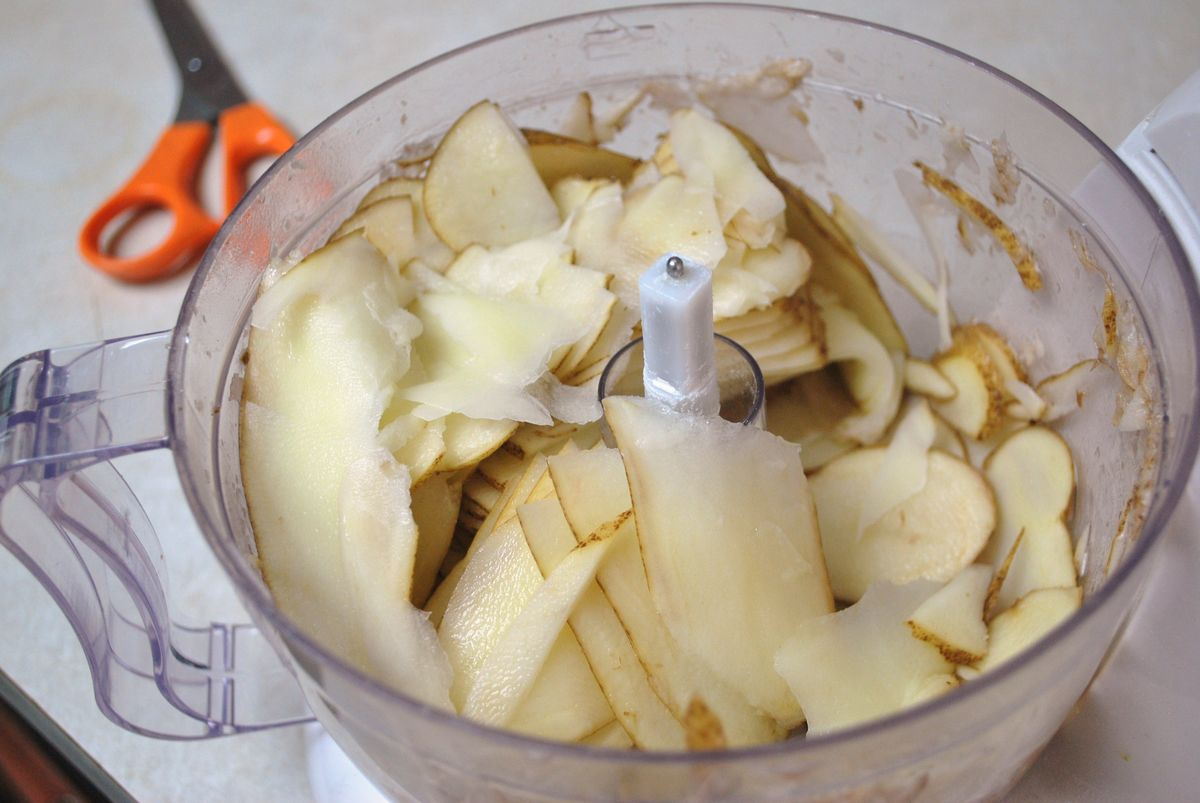


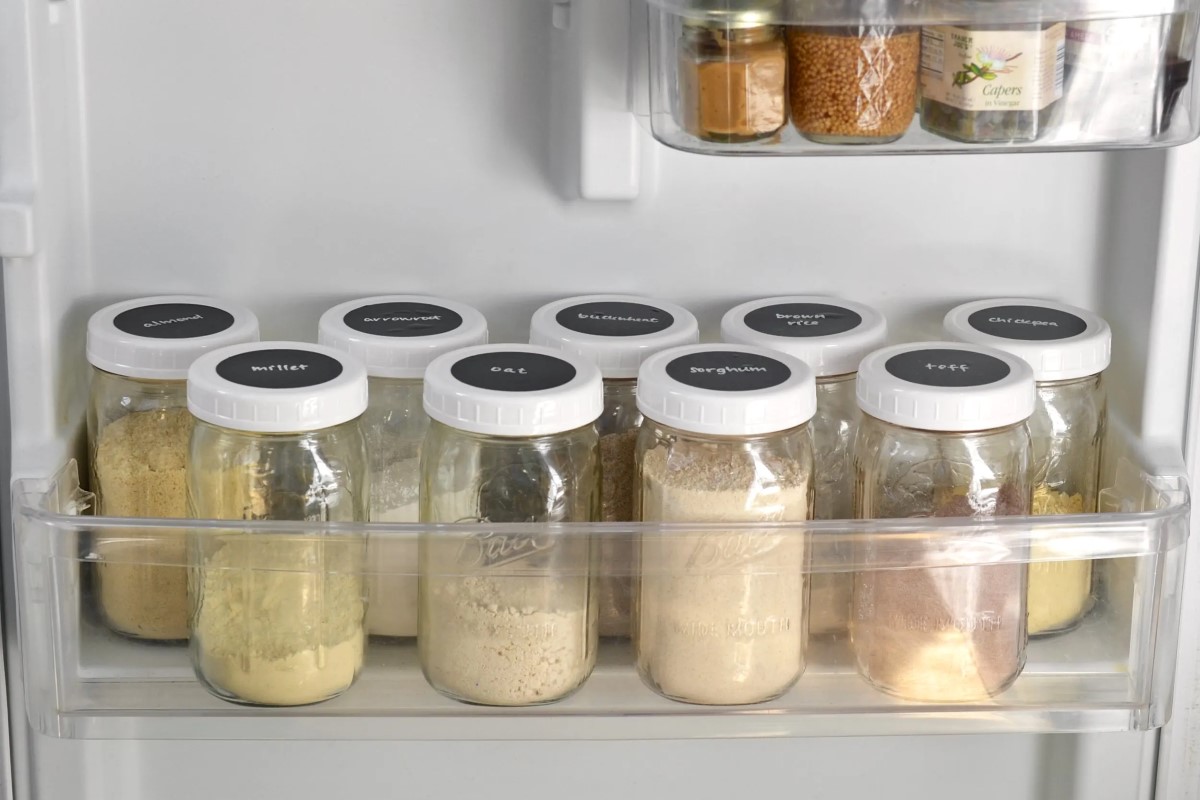

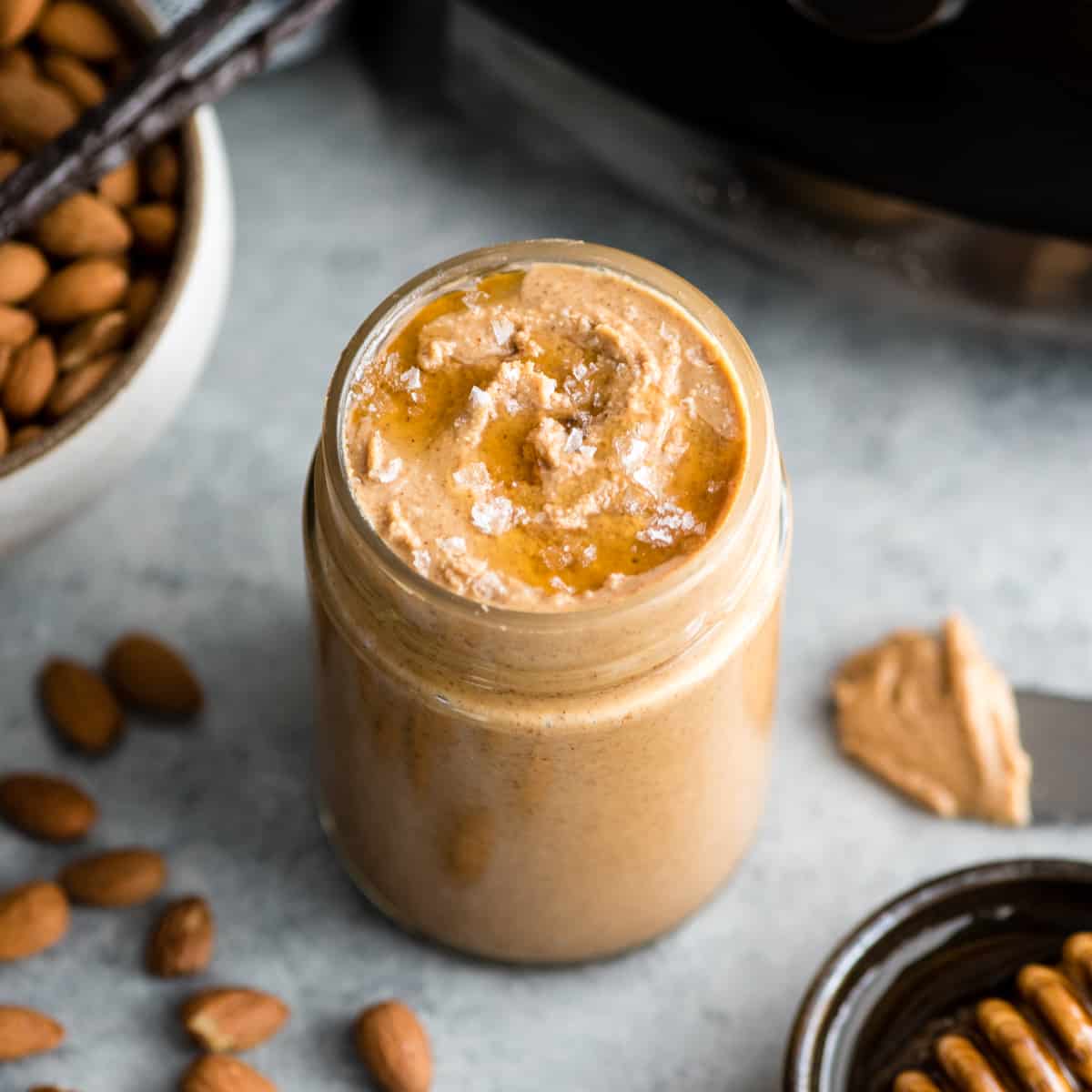


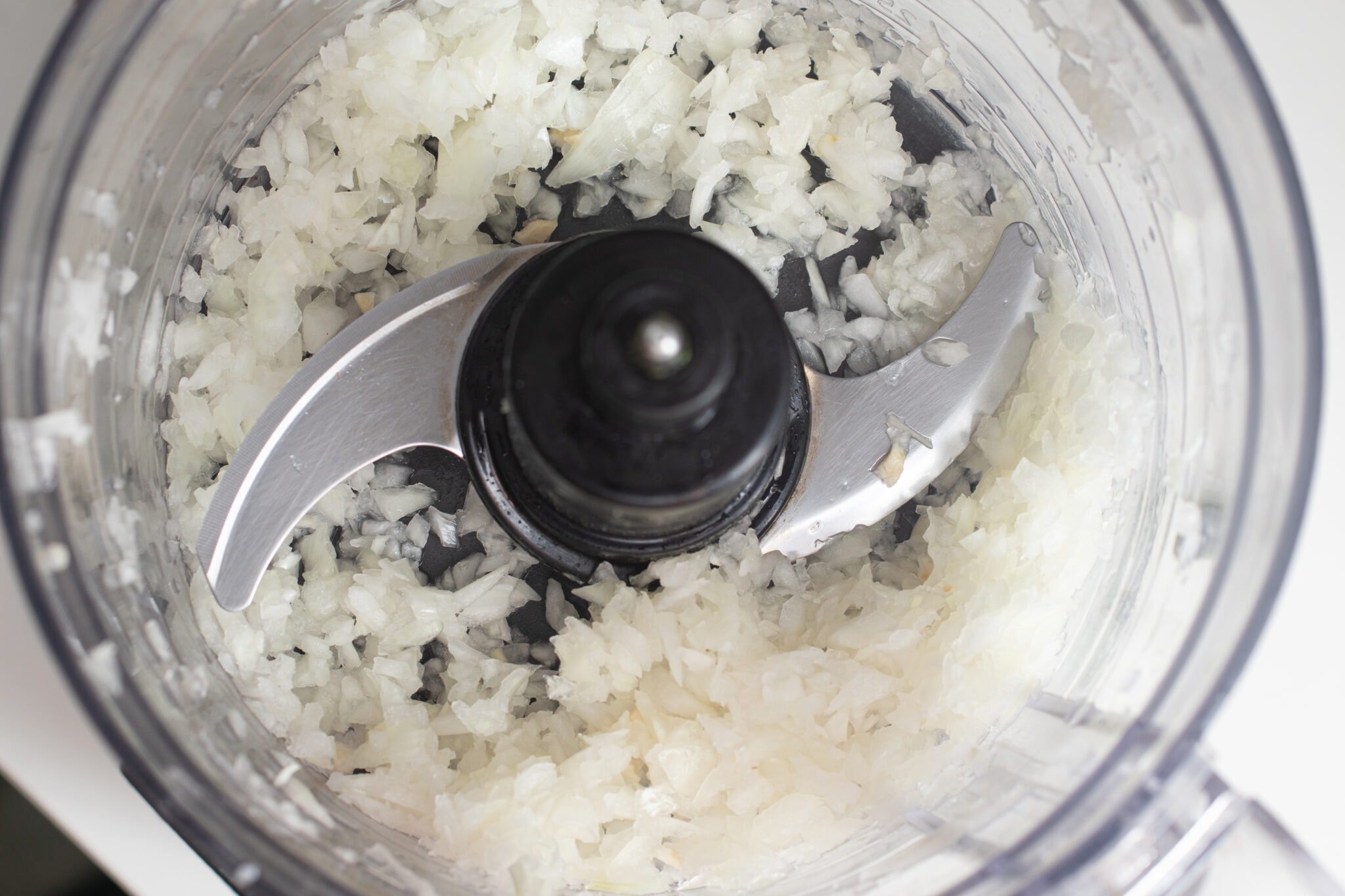
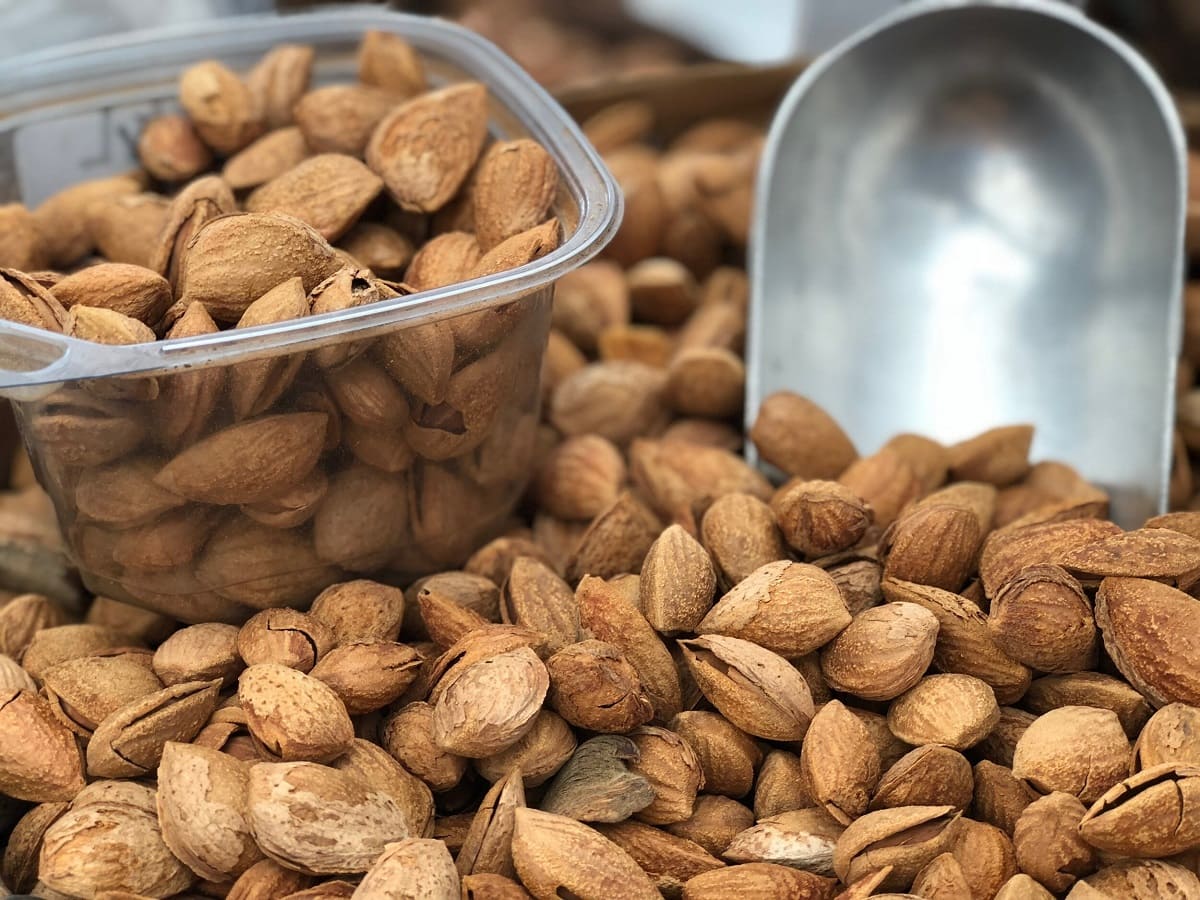
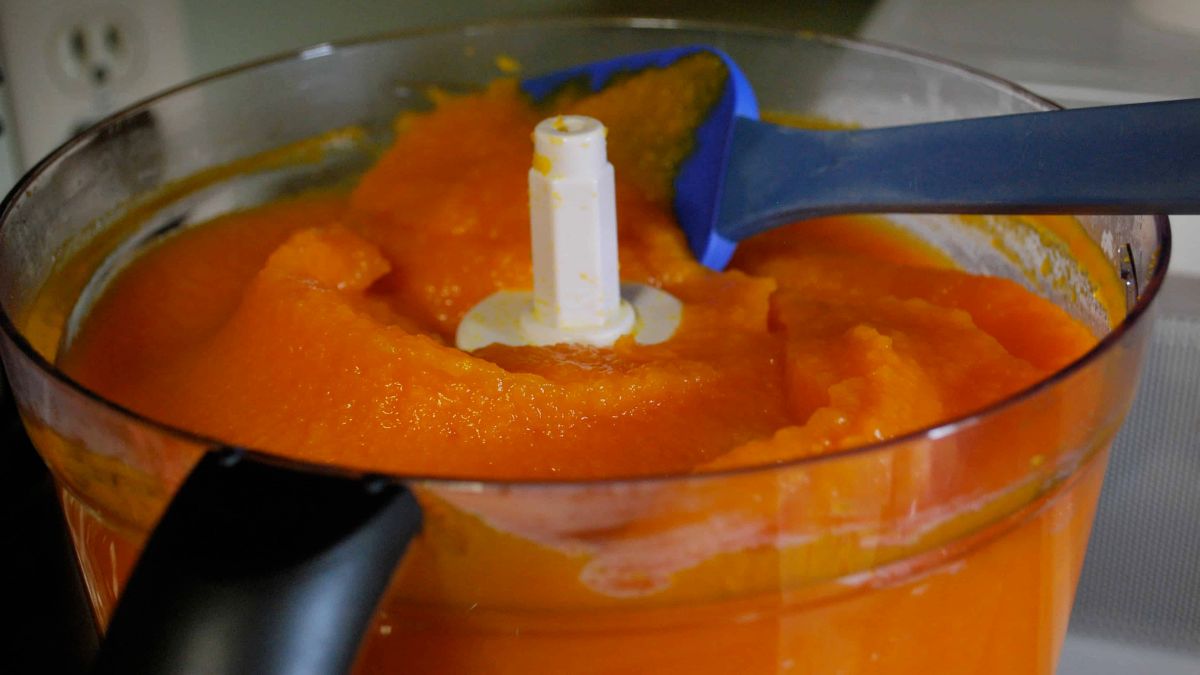
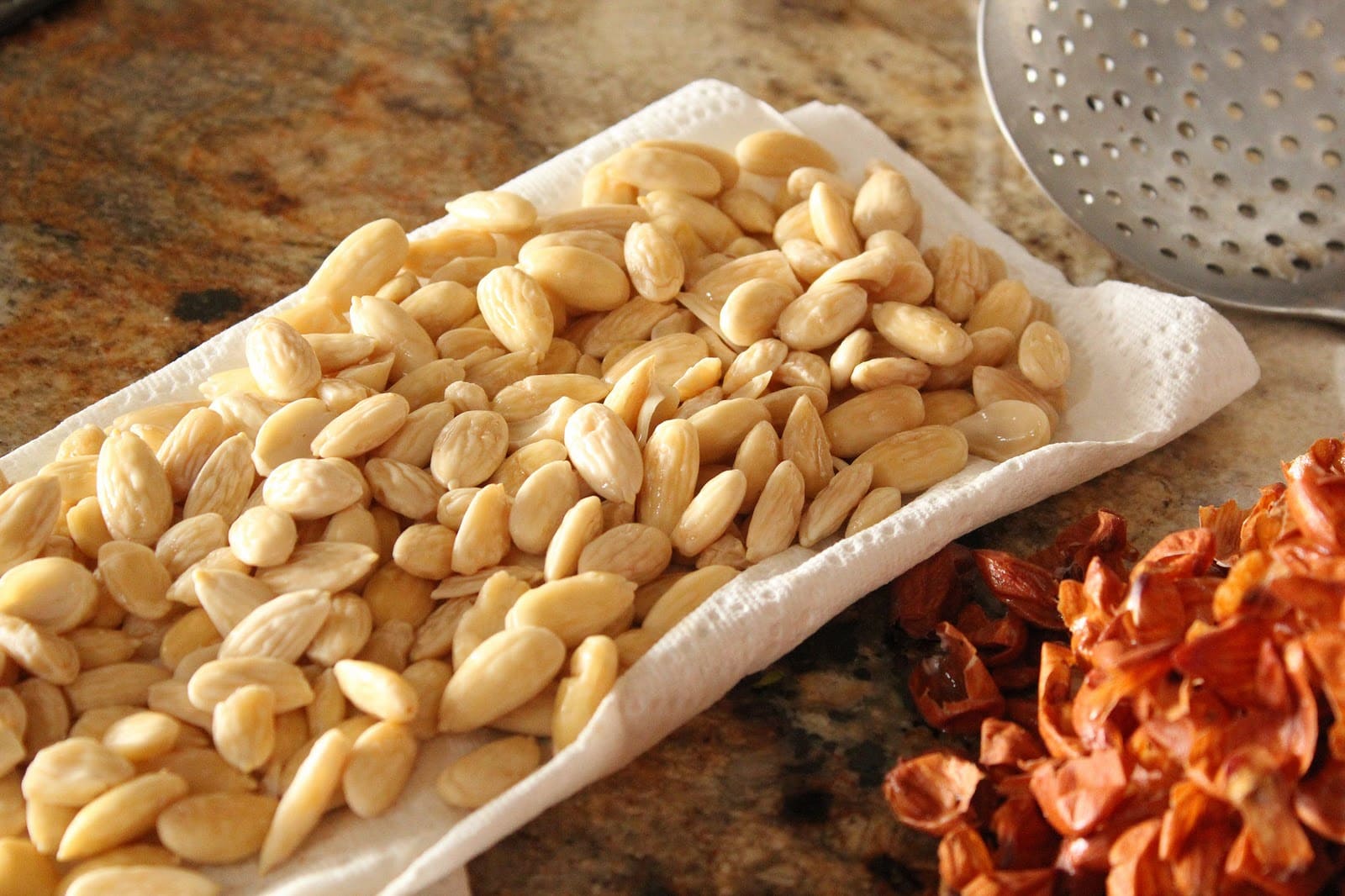
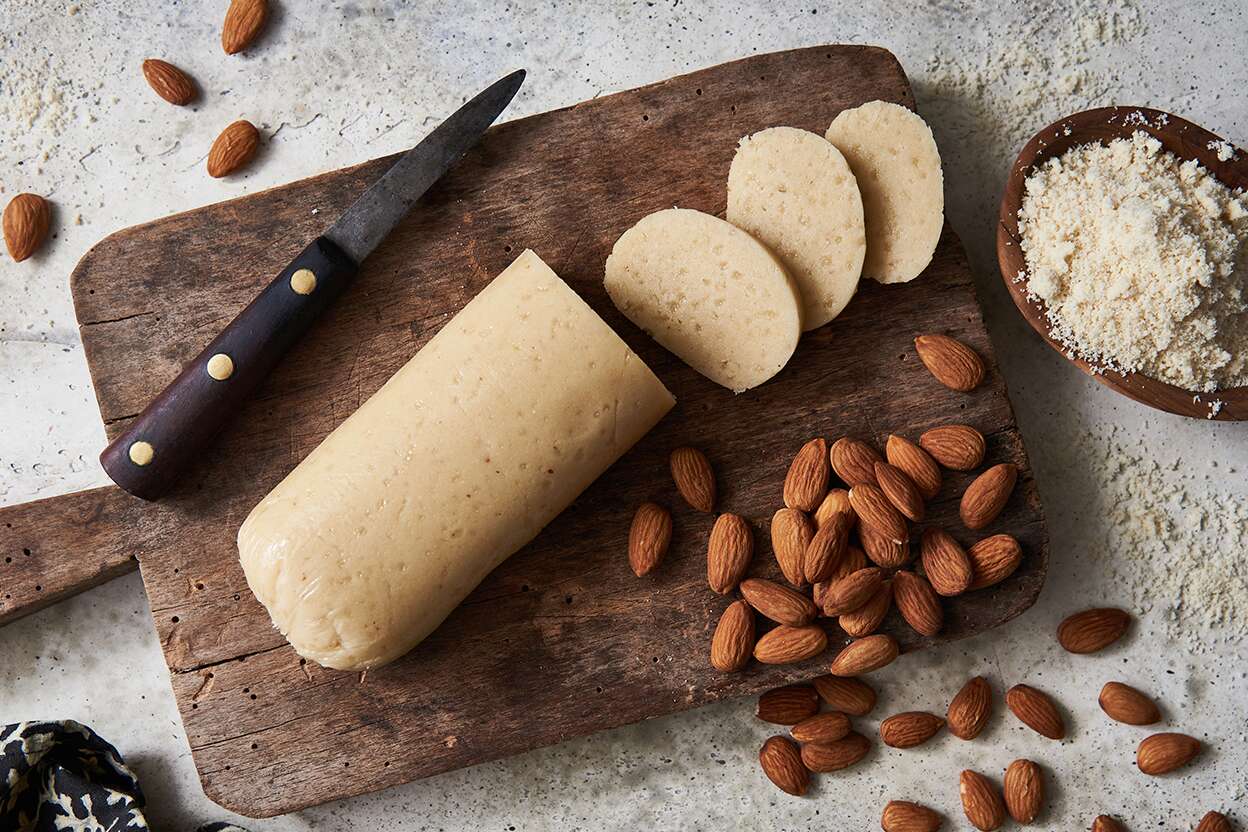

0 thoughts on “How To Slice Almonds With Food Processor”